I want to create a histogram from my data set of the frequency of students who have had broken bones. The values are either 0 or 1. I.E:
[1] 0 0 0 0 0 1 0 1 0 0 0 0 0 0 0 1 0 0 0 1 0 0 0 1 0 0 0 0 1 0 0 0 0 0 0 0 0
[38] 1 1 0 0 0 0 1 0 1 0 0 0 1 0 0 0 0 0 0 0 0 0 0 0 1 0 0 0 0 0 0 0 0 0 0 0 0
[75] 0 0 1 0 0 0 0 1 1 0 0 0 0 0 0 0 0 0 0 0 0 0 1 1 0 0 0 1 0 1 0 0 0 0 0 0 1
[112] 1 1 0 0 1 1 1 0 1 1 1 0 0 0 0 0 0 0 0 0 0 0 0 0 1 0 0 0 0 1 1 0 0 1 0 0 0
[149] 0 1 0 0 0 0 0 0 1 0 0 0 0 0 0 1 0 0 0 1 0 0 0 0 0 1 0 1 1 0 0 0 0 1 0 0 0
[186] 0 1 0 1 0 0 0 0 0 0 0 0 0 0 0 0 1 0 1 0 0 0 0 0 0 0 1 1 0 1 0 1 0 0 0 0 0
[223] 0 0 0 0 0 1 0 1 0 0 0 0 0 0 1 0 0 0 0 1 1 0 1 0 1 0 1 1 0 0 0 0 0 0 0 0 1
[260] 1 0 0 0 0 0 0 1 1 1 1 0 0 0 1 0 0 1 0 0 0 1 0 0 0 1 0 0 0 0 0 1 0 1 0 0 0
[297] 0 0 0 0 0 1 0 0 0 0 0 0 0 0 0 0 0 0 1 1 0 0 1 1 0 0 0 0 0 1 1 1 0 0 0 0 1
[334] 0 0 0 0 1 0 0 0 0 0 0 1 1 0 0 0 1 0 0 0 0 0 0 1 1 0 0 1 0 0 0 0 1 0 0 0 0
[371] 0 0 0 0 0 0 0 0 0 0 0 0
However the scale on the axis axis of the graph has increments of 0.2. I just want either 0 or 1 as the data is categorical. Would anyone please kindly tell me how to rectify this?
